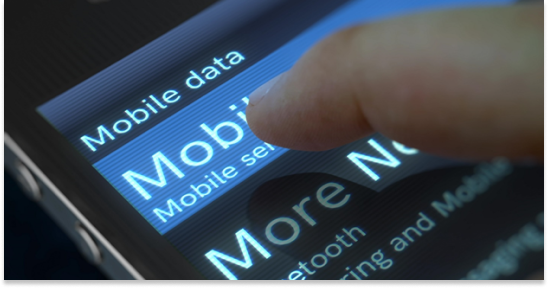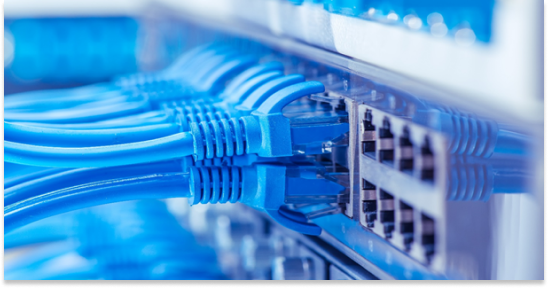Is Satellite Internet or Mobile Data a Better Failover Solution?

Most businesses use a wireless internet connection, either mobile data or satellite internet, as their backup internet option. These wireless connections make a great failover solution because remote infrastructure is safe from local disasters. If a strong winter storm takes down your cable internet lines, for example, you’ll still be able to get a mobile data signal from nearby cell towers.
So which failover solution is best, mobile data or satellite internet? While mobile data is typically the faster and more practical failover option for businesses, there’s a time and place for satellite too. Let’s take a look at the pluses of both by comparing these two wireless internet options.
Mobile Data Has a Faster User Experience
Whether you’re using a 5G or 4G LTE connection, mobile data feels faster than satellite internet. In competitive areas, 5G delivers mean download speeds of up to 250 Mbps and 4G LTE has mean download speeds of more than 30 Mbps. In rural areas, 5G can reach a mean download speed of up to 34 Mbps on 600 MHz 5G and 4G LTE download speeds often top 20 Mbps.
Mobile data upload speeds are also impressive. 5G delivers average upload speeds of around 14 Mbps and 4G LTE has an even better average upload speed of around 16 Mbps. With mobile data, businesses shouldn’t have any problems running key online applications, including those that support functions like video streaming and video conferencing.
Will Your Failover Solution be Fast Enough? Find Out More About 5G and 4G LTE Internet Speeds.
With a download speed of up to 25 Mbps and an upload speed of up to 3 Mbps, satellite internet looks like it could be almost as fast as 4G LTE at first glance. The speed difference between mobile data and satellite internet doesn’t lie in download or upload speed though, it lies in latency – the amount of time in milliseconds it takes for the local server to connect to the internet host.
When your internet connection has a shorter latency, your online programs run much smoother because they can process online data packets more quickly. If your connection has a high latency, you’ll experience lags in video streaming and video conferencing. These lags are frustrating and can seem unprofessional to the client or coworker on the other end of the line.
While mobile data has an average latency of around 35 milliseconds, satellite internet has an average latency of close to 600 milliseconds. This means that mobile data can process online data packets up to 20 times faster than satellite internet, which results in a much faster, smoother, and more seamless internet experience.
Mobile Data is Much Easier and Cheaper to Install
If you decide to purchase a satellite internet failover, you’ll need to either purchase a new satellite dish for around $300 or rent a dish from your provider for about $10 per month. You’ll also need to pay an average of about $200 for a technician to install the dish on your property. And, even if you rent your equipment, you’re liable for any weather damage to the satellite dish.
A mobile data connection only requires a wireless router and maybe an optional booster antenna if you want to increase your internet speeds. These wireless routers are plug-and-play, so you can skip the pricey installation fee. Also, you can install your wireless router and booster antenna inside your building to protect your investment from severe weather.
Learn more about the hardware involved in mobile data failovers.
Satellite Internet Has Greater Availability
While 5G is the fastest failover option, it isn’t available everywhere. In fact, T-Mobile – the country’s largest 5G network – only covers 57.1% of people. Sprint’s network just covers 45.7% of people, and AT&T and Verizon both have networks that cover less than 10% of people.
Most businesses, including most rural businesses, have access to 4G LTE from one or more cellular carriers. OpenSignal finds that a full 94.8% of locations have access to the nation’s largest network, Verizon 4G LTE. The second largest network, T-Mobile, covers 94.2% of locations. AT&T covers 89.6% of locations and Sprint covers 89.5%. While major 4G LTE networks are pretty large, you can still find gaps in coverage in “fringe” rural areas.
Satellite internet, on the other hand, covers almost every inch of the globe. If your business has an unobstructed view of the section of the sky where your provider’s satellites orbit, you should be able to get a decent satellite signal from anywhere. While there are many disadvantages to satellite internet, it’s a good failover option for businesses that don’t have mobile data coverage.
To get a quote for your failover solution, check out our plans at Evdo Depot USA or call us at 1-866439-6630.





